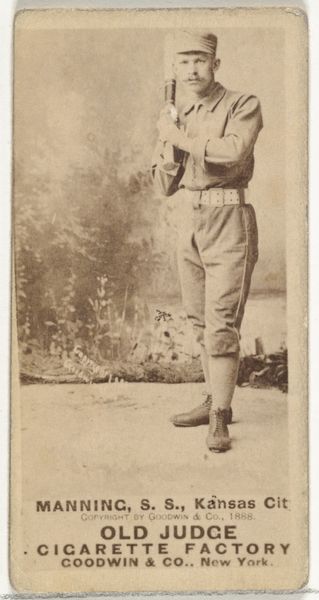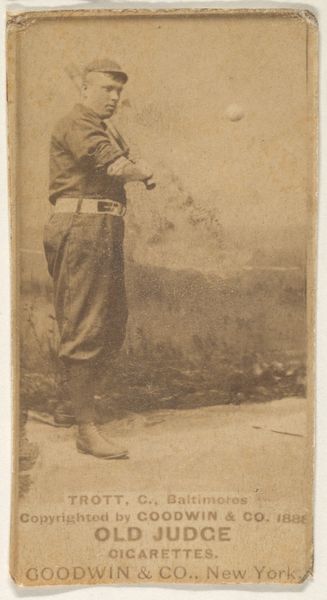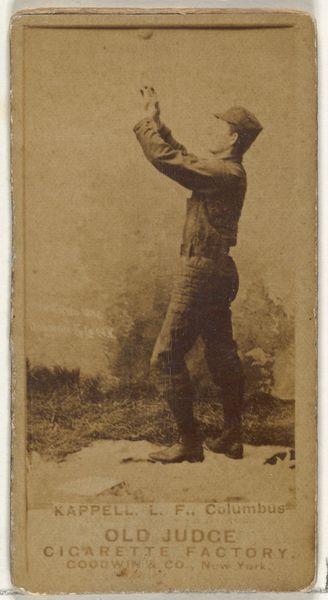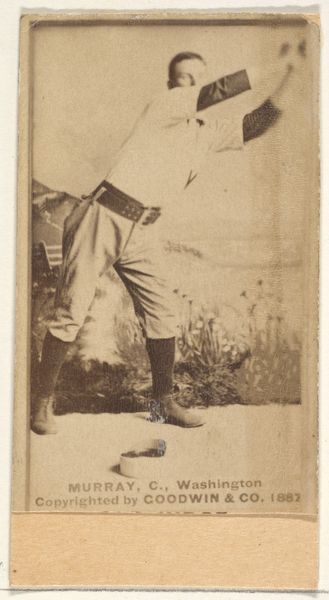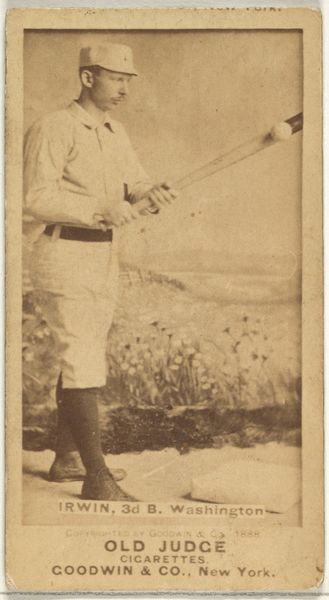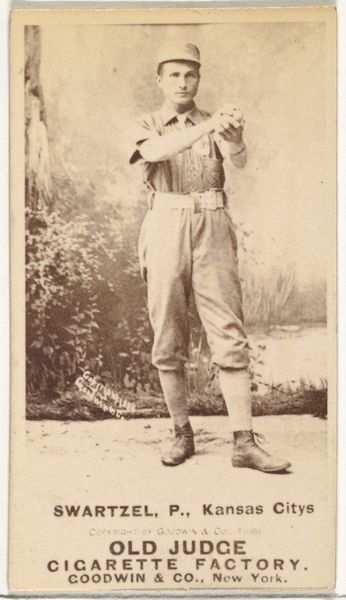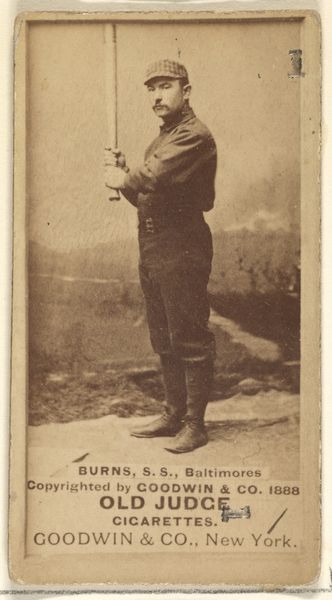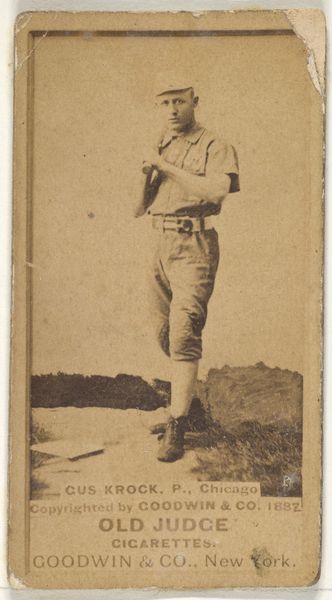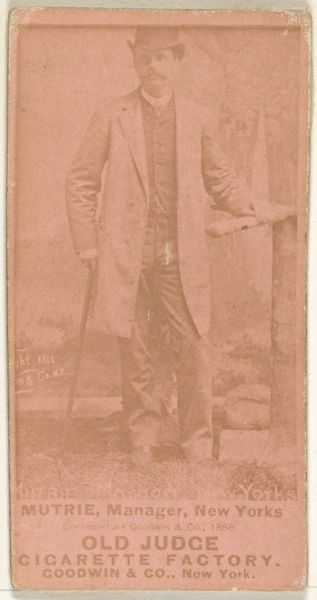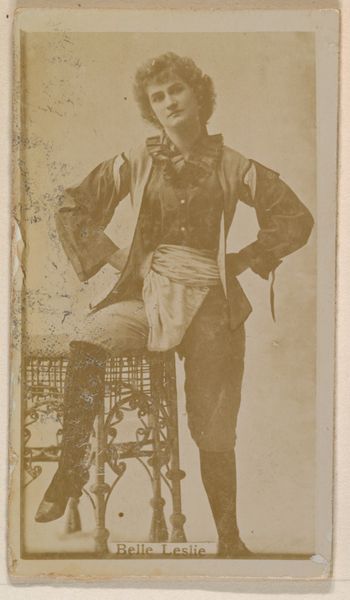
photography
#
portrait
#
photography
#
realism
Dimensions: height 135 mm, width 90 mm
Copyright: Rijks Museum: Open Domain
Editor: This is "Portret van een doodgraver," or "Portrait of a gravedigger," a photograph created sometime between 1900 and 1910 by C. Kersten & Co. The composition and starkness are really striking. I am curious: how do you interpret the socio-historical significance of this photograph? Curator: Well, immediately, the setting in Paramaribo, Suriname, highlights the impact of Dutch colonialism on the region and its visual culture. Images like these, often produced by European studios, served as ethnographic documents. What is lost, though, is the gravedigger's own narrative. Do you notice the pride and strength in his posture despite the demeaning label "gravedigger"? Editor: Yes, absolutely. It feels like a tension between how he wants to be seen and the photographer’s colonial gaze. Is the 'realism' in these portraits a genuine attempt at representation or another form of objectification? Curator: Exactly. The proliferation of these images facilitated a specific, often stereotypical, understanding of non-Western people, reinforcing colonial power dynamics. Who benefitted from this depiction? Editor: It seems the real subject of this image might not be the gravedigger but the perpetuation of a colonial worldview. Thank you. This adds a new dimension to my understanding of historical photography. Curator: My pleasure. By analyzing how images like this were produced and consumed, we can unravel the complex relationship between art, power, and identity. Food for thought, isn’t it?
Comments
No comments
Be the first to comment and join the conversation on the ultimate creative platform.
